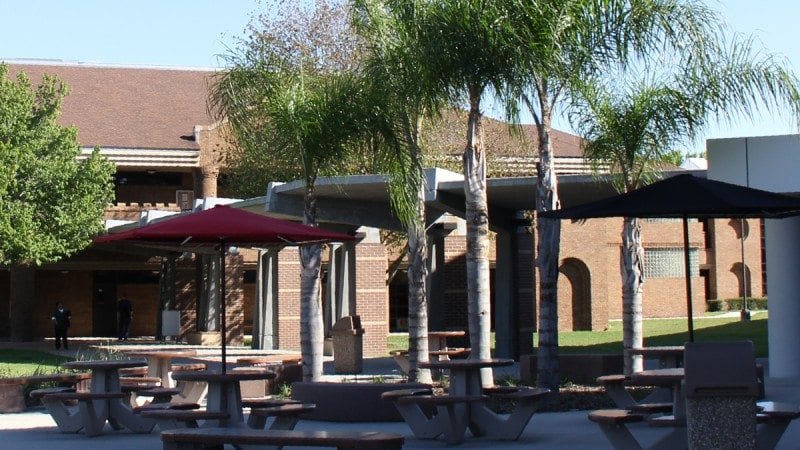Polk State Celebrates LEED-Certified Lakeland Student Center
Polk State College will celebrate its first LEED-certified building, the Lakeland Student Center, with a plaque presentation during Monday’s meeting of the District Board of Trustees.

Polk State College will celebrate its first LEED-certified building, the Lakeland Student Center, with a plaque presentation during Monday’s meeting of the District Board of Trustees.
“We are very proud to have received LEED certification for our new Student Center. The Student Center has become the hub for student life on the Lakeland campus and this certification was important because it demonstrates to our students and the community Polk State College’s leadership and commitment to sustainable design and building construction,” said Lakeland Provost Stephen Hull.
The Lakeland Student Center is one of only a handful of LEED-certified buildings, and the only LEED-certified education building, in Polk County, according to a list of published LEED-certified buildings provided by the Florida Gulf Coast Chapter of the United States Green Building Council (USGBC).
LEED — Leadership in Energy and Environmental Design — is a rating system developed by the USGBC. To earn LEED certification, a structure must adhere to strict standards for everything from energy savings to water efficiency.
According to the USGBC, LEED is recognized as an international mark of green building excellence, with more than 44,000 commercial projects in all 50 states and 120 countries participating.
The Lakeland Student Center project began in 2010, and involved completely gutting the original 16,000-square-foot structure and constructing an 8,000-square-foot addition.
The College — working with Lakeland firms Furr & Wegman Architects, P.A. and Henkelman Construction — made meeting LEED standards a priority at every step of the way during the 10-month project. A few examples:
- Approximately 80 percent of construction waste involved in the project — everything from steel scraps to cement — was recycled.
- The building is equipped with low-flow toilets and faucets, resulting in a 30-percent reduction in water use compared to a typical building of its size.
- Extensive insulation maintains comfortable temperatures and saves energy that would otherwise be used to heat or cool the building. Insulation contributed to the building achieving a 16 percent energy-cost savings compared to a typical building of its size.
- An Energy Management System automatically shuts off the lights, adjusts the air temperature, and locks the doors when the building is not in use.
- Twenty parking spots are designated for low-emission and carpool vehicles.
- Ten percent of the cost of materials purchased recycled items, including ceiling tiles, flooring, doors, steel, concrete brick, and wall studs.
- Ten percent of the cost of materials purchased items that were entirely produced within 500 miles of the location, reducing the environmental impact of trucking or shipping materials from greater distances.
The College scored additional LEED points for its efforts to educate students and visitors to the Lakeland Student Center about green building, said Crystal Lester, an architect and LEED accreditation professional with Furr & Wegman. For instance, the College uses digital signs in the building to post information about its environmental features, and tours are available that provide information about green building.
“We want to get people excited about it and believing in it,” said Travis Altman, project engineer for planning and construction on the College’s Lakeland campus.
The College has also applied for LEED certification for its Polk State Chain of Lakes Collegiate High School building in Winter Haven.
The District Board of Trustees will meet Monday, March 26, at 4 p.m. in Room 1100 of the Lakeland Technology Building. After the meeting, the USGBC-provided plaque recognizing the LEED certification will be installed inside the Lakeland Student Center.

